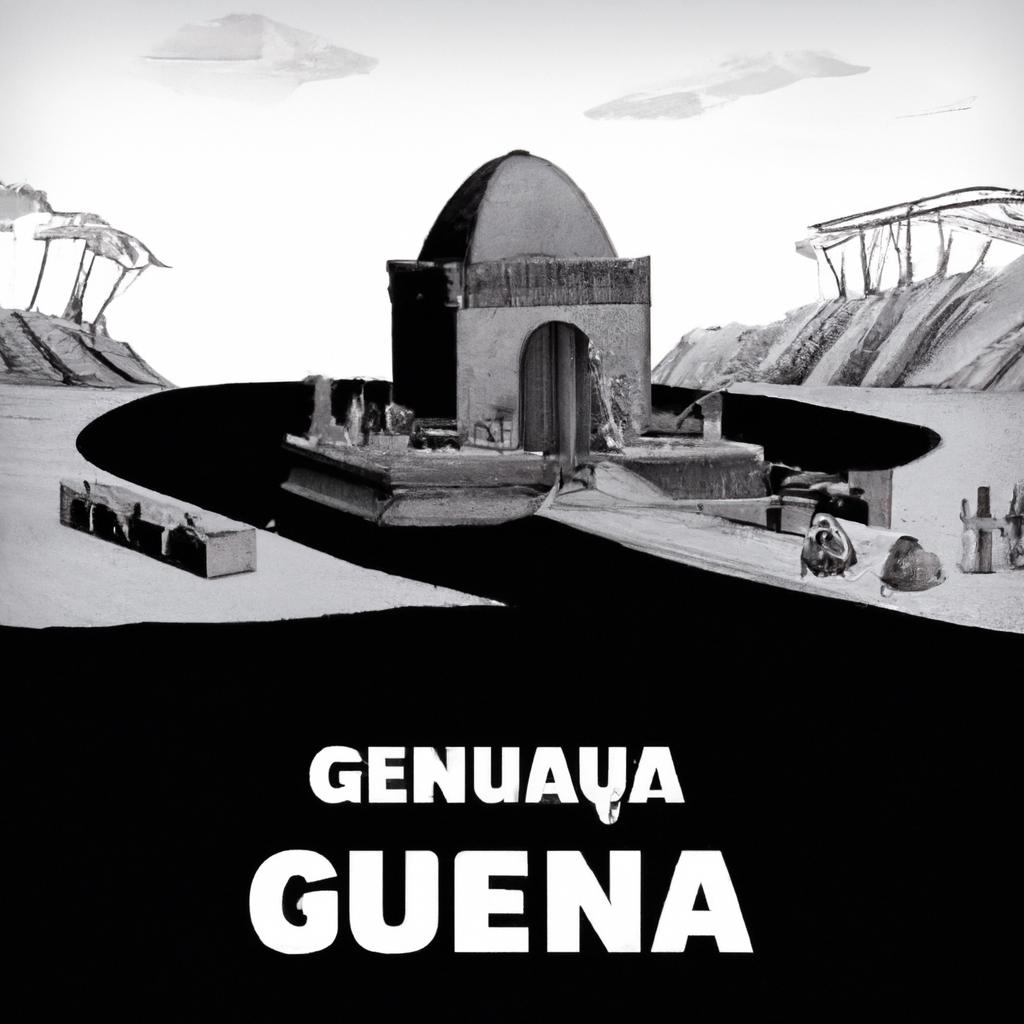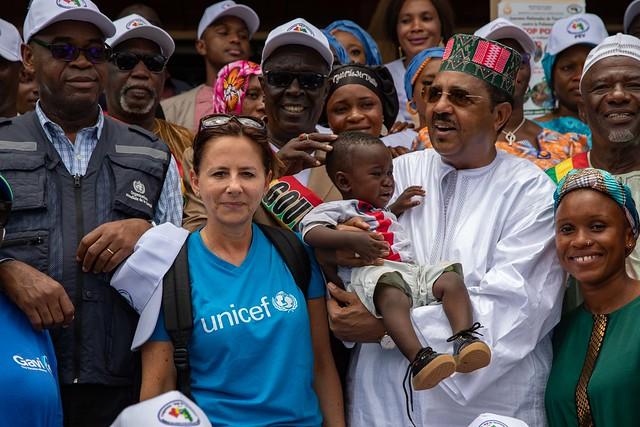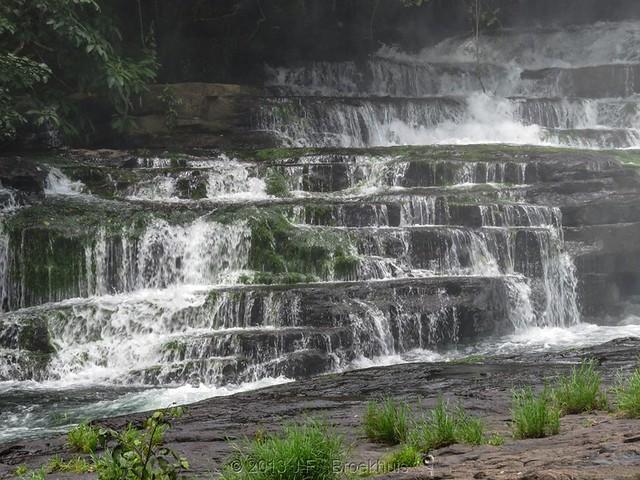Koundara Prefecture
Overview
Overview of Koundara Prefecture
Koundara Prefecture is located in northwestern Guinea, forming part of the Boké Region. It is known for its rich cultural tapestry and diverse ethnic groups, including the Fulani, Malinke, and Susu, each contributing unique traditions and languages to the region. Koundara's landscape is characterized by its rugged terrain, which includes parts of the scenic Fouta Djallon highlands and expansive savannahs. The area is less developed in terms of tourism infrastructure compared to more urban areas, offering a unique glimpse into traditional Guinean life and providing an authentic experience of West African culture.
High Season for Tourism
The best time to visit Koundara is during the dry season, which runs from November to February. During this period, the weather is cooler and more comfortable, with minimal rainfall, making it ideal for exploring the outdoors. This is a great time for hiking in the Fouta Djallon highlands, where visitors can enjoy panoramic views and encounter various wildlife species in their natural habitat. Cultural festivals are vibrant during this season, showcasing traditional music, dance, and craftsmanship that are central to the local communities’ identities.
Preparation for Travelers
Travelers planning to visit Koundara should prepare for a rustic adventure. It is essential to get vaccinated against common diseases recommended by health authorities, such as yellow fever, malaria, and typhoid, to ensure a safe trip. Bringing along a good quality insect repellent and a comprehensive travel health kit is also advisable. Since the region has limited tourist facilities, packing essentials such as a reliable water purifier, snacks, and basic camping gear can enhance comfort during the journey. Lastly, learning a few phrases in French, the official language, or even in local languages such as Pular or Malinke, can greatly enrich interactions with local communities and help navigate the area more effectively.
How It Becomes to This
History not available

You May Like
Explore other interesting states in Guinea





